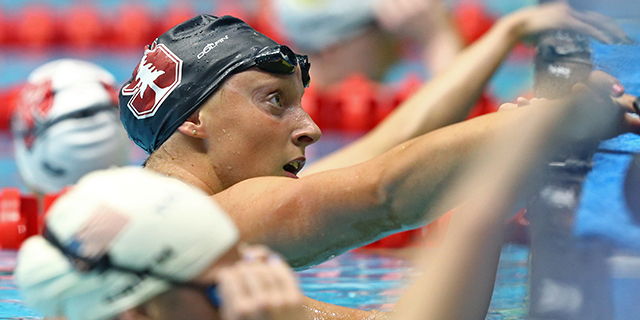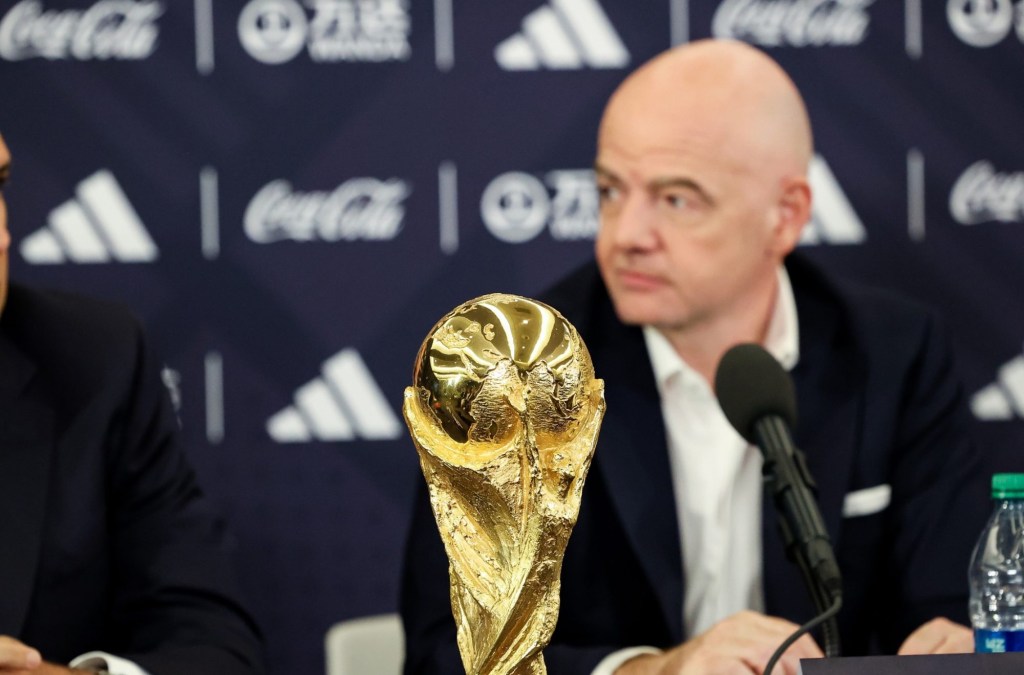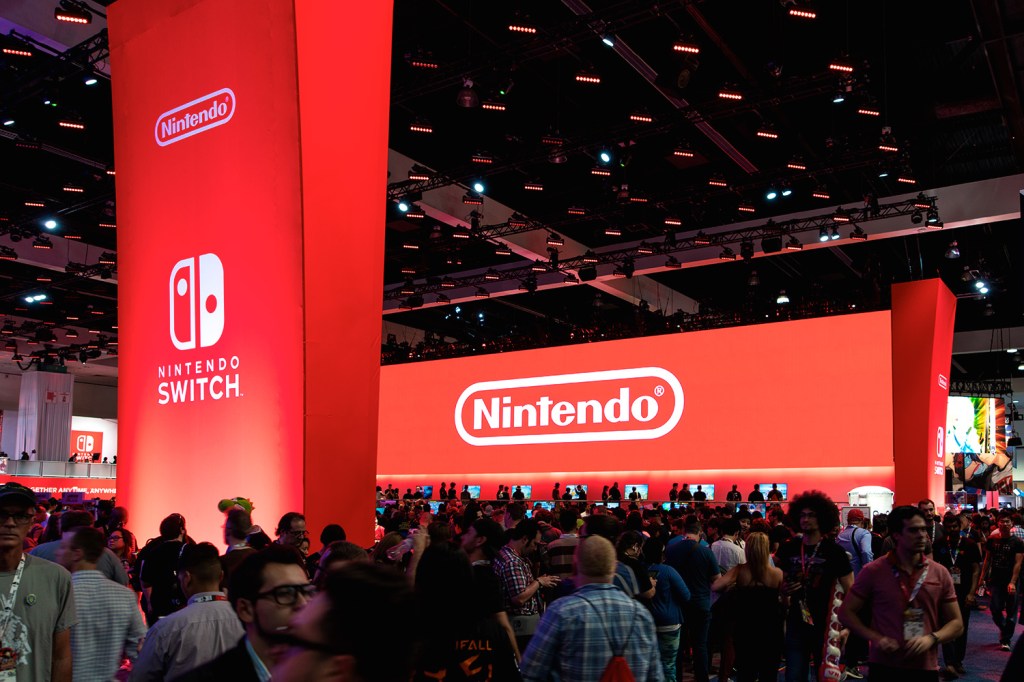
Photo Credit: Aaron Doster-USA TODAY Sports
Ukrainian billionaire Konstantin Grigorishin was never an elite swimmer. But just over a decade ago, he became fascinated with the sport and saw an opportunity to make his mark in the water.
“This is the most popular Olympic sport, with hundreds of millions of people watching swimming during the Olympic games, but financially, it’s a really poor sport,” Grigorishin said. “This was like a challenge to myself—how to make swimming more popular from a spectator point of view.”
Now, Grigorishin is the founder and main financial backer of the International Swimming League (ISL), a new eight-team league for elite swimmers with clubs based out of the U.S. and Europe. League ambassadors and participants of the ISL include Olympic medalists like Katie Ledecky, Nathan Adrian, Simone Manuel and Ryan Murphy.
READ MORE: Jaguars’ Unique Arrangement Builds U.K. Audience
To fulfill his vision of growing the sport, Grigorishin founded the ISL to offer fans a more consistent product and fill the gaps between Olympic years.
“It’s not possible to create a permanent audience for swimming if you have just one great event once every four years,” he said. “Our suggestion is if we create some permanent presence of swimming on screens during the whole season, we will definitely create a permanent audience… If you create some good format, I think sport lovers will come.”
Clubs will earn revenue through ticketing, merchandising and local sponsorships, while the league as a whole will lean on media rights and global sponsorship in addition to funding from investors.
This year, each team has $150,000 to pay its athletes, and swimmers also have the opportunity to earn extra performance-based prize money. Participants sign a contract with both the ISL and their teams, and revenue will be split equally between the league and swimmers. The ISL is not the first opportunity for swimmers to earn wages for competing; swimmers can win prize money at various FINA (International Swimming Federation) and USA Swimming events. But Grigorishin believes his league has put enough on the table to attract the world’s top athletes.
Dmytro Kachurovskyi, the ISL’s program development manager, believes visibility could be another major benefit for the swimmers.
“No one knows swimmers,” he said. “Because of the ISL, swimmers will be known by the public, and that gives them the opportunity to raise their commercial value.
General managers recruit their own swimmers for their gender-balanced teams, selecting 12 men and 12 women. Swimmers will compete for team points during meets, which will be formatted in short-course meters, unlike the Olympics’ traditional long-course style.
“We are developing swimming as a team sport, not as an individual sport, and that is a huge difference,” Kachurovskyi said. “It’s not interesting for fans of Katie Ledecky or Nathan Adrian to watch a two-hour show because there are only two minutes when their swimmer is in the water. Now, when Katie Ledecky becomes part of the team—and until the last minute, you will not know the outcome of this match—you will be interested to watch.”
[mc4wp_form id=”8260″]
Despite the presence of USA Swimming and FINA, Kachurovskyi claims that the ISL’s primary challenger is not other swim organizations.
“We think about ourselves not as a sports organization but as a sports content production company,” he said. “We are developing a show which is unique, and I would say we understand our main competitors are not federations or Olympic committees. Our main competitors are companies like Netflix who are producing content.”
With that mindset, Grigorishin created the ISL with entertainment value at the forefront.
“The vision is electric, and the competition and show around this is quite a production,” said Kaitlin Sandeno, general manager of the Washington, D.C.-based ISL club. “It’s very fan-oriented. It’s a swim meet that really brings fans and masses to rally around our amazing sport.”
That production will reach its peak at the championship competition in a temporary pool at Las Vegas’s Mandalay Bay Events Center, which seats 12,000.
The league still has major details to iron out before the first competition in October, though. League officials are currently in talks with media companies for broadcasting rights. Once a media partner is chosen, the league will seek out sponsorship deals.
Grigorishin admitted there are no guarantees when it comes to the league’s success.
“Of course, now it’s just some kind of speculation,” he said. “I strongly believe in it, but only experimentation can prove this estimation or speculation…It’s a question of belief, so we will see—[we will] just experiment and confirm or destroy this model.”
Even with that uncertainty, swimming fans can take solace in the fact that the ISL will likely be around at least through 2021, as the league’s budget is confirmed through the next three years.
The ISL is already thinking ahead, too, with plans to implement a longer season and a salary cap next year, pending agreement by the teams’ managers.
READ MORE: NHL Turns to Corner Ice Placements to Grow On-Ice Ad Revenue
“The beauty of the sport is unpredictability,” Grigorishin said. “We should have some kind of salary cap to keep the intrigue, unpredictability, and have a salary cap to restrict the possibility of one crazy owner. It’s in favor of spectator interest.”
Between the unique team format and the emphasis on fan experience, the ISL is an unprecedented approach to professional swimming. But for Grigorishin and his team, it’s about more than just developing this new league. They have their eyes set on revolutionizing the world of swimming.
“That is the challenge for us—how to help swimming to be part of the future, not of the past,” Kachurovskyi said.
















